10 Essential Rules for Laying Bathroom Tiles
If you're going to invest in good-quality tiles it's imperative they're laid perfectly. Here's how to get them spot on
Tile layout is king in any bathroom renovation. Planning tile layout carefully from the start can aid in everything from framing changes to niche locations to fixture locations to lighting locations. Without careful planning, your results might be close to what you wanted – but not quite perfect.
I have a lot of rules I follow when building a bathroom. Some are industry guidelines, most are tradesmen know-how – and many are just my own. Here are my 10 top rules for good bathroom tile installation.
I have a lot of rules I follow when building a bathroom. Some are industry guidelines, most are tradesmen know-how – and many are just my own. Here are my 10 top rules for good bathroom tile installation.
Other details, such as recessed medicine cabinets, downlights and fans, should also be specified at the start of a project and checked before the other tradespeople come to install the plumbing lines, water lines, electrical lines, heating lines, cooling lines, ductwork and low-voltage wiring.
2. Double-check tile sizes
The single biggest mistake I see people make in tile layout is assuming a 30 x 60cm tile is in fact 30 centimetres by 60 centimetres. Most tile is sold in European sizing, and the tile size is 30 centimetres by 60 centimetres. But this size could also have a grout joint factored in, which you would need to take into consideration.
By purchasing a good sample of tiles you can lay them out, check your tiles for warping and soak-test them for quality control.
The single biggest mistake I see people make in tile layout is assuming a 30 x 60cm tile is in fact 30 centimetres by 60 centimetres. Most tile is sold in European sizing, and the tile size is 30 centimetres by 60 centimetres. But this size could also have a grout joint factored in, which you would need to take into consideration.
By purchasing a good sample of tiles you can lay them out, check your tiles for warping and soak-test them for quality control.
3. Lay your tile from the ceiling down
Many shower niches end up with cut tiles, but it doesn’t have to be that way. Lay out your tile pattern from the beginning so the mitred pieces start exactly on a grout joint. I find that laying out the tile pattern from the finished ceiling heights makes it easier to get it right. We will often draw up the design on the wall board prior to waterproofing to make sure the layout is right before installing the tile.
If your current wall studs are hindering the plumbing fixtures from being placed where you want them, now is a good time to address this.
Many shower niches end up with cut tiles, but it doesn’t have to be that way. Lay out your tile pattern from the beginning so the mitred pieces start exactly on a grout joint. I find that laying out the tile pattern from the finished ceiling heights makes it easier to get it right. We will often draw up the design on the wall board prior to waterproofing to make sure the layout is right before installing the tile.
If your current wall studs are hindering the plumbing fixtures from being placed where you want them, now is a good time to address this.
When working with a linear drain that has a tile insert, your grout joints should run through the drain for a flowing look. This shower shows how a good setter will blend the inventory of tile and switch up the veining or grain of a tile. This shower is a great example of both.
4. Be careful around doors and windows
Tile layout around doors and windows is critical. Every window or door has its own challenge, and the best way of waterproofing the assembly may be a challenge.
Make sure your shower or bath’s waterproofing system is designed with the windows in mind. This way you can prevent water from getting behind the tile and into the window framing. Having tilted sills and room for expansion will ensure the tile job holds up well for years to come.
Tile layout around doors and windows is critical. Every window or door has its own challenge, and the best way of waterproofing the assembly may be a challenge.
Make sure your shower or bath’s waterproofing system is designed with the windows in mind. This way you can prevent water from getting behind the tile and into the window framing. Having tilted sills and room for expansion will ensure the tile job holds up well for years to come.
5. Get the drain right
Setting the drain requires a lot more than just dropping it in somewhere in the middle. Many drains have zero room for adjustment, and getting them perfect requires exact planning. This drain offers up a little wiggle room in the final position. Not all do, so plan this out before your plumber arrives.
Have your plumber position the drain pipe close to, but not exactly in, the finished position until after you and your tile installer determine the best tile layout for the shower. A shower will need flood testing, so this work will be checked later.
Setting the drain requires a lot more than just dropping it in somewhere in the middle. Many drains have zero room for adjustment, and getting them perfect requires exact planning. This drain offers up a little wiggle room in the final position. Not all do, so plan this out before your plumber arrives.
Have your plumber position the drain pipe close to, but not exactly in, the finished position until after you and your tile installer determine the best tile layout for the shower. A shower will need flood testing, so this work will be checked later.
7. Pay attention to pebbled floors
When designing showers with a river rock floor, remember that they are slower to drain. Increasing the pitch and using epoxy grouts can help with quicker dry-out times between showers.
I would not build a pebble shower floor with a pitch less than 2 per cent, or 6mm per 30cm.
When designing showers with a river rock floor, remember that they are slower to drain. Increasing the pitch and using epoxy grouts can help with quicker dry-out times between showers.
I would not build a pebble shower floor with a pitch less than 2 per cent, or 6mm per 30cm.
8. Cure between steps
Sealing tile and natural stone can enhance many tiles. A solid practice is to prepare a sample tile board and seal it before sealing an entire bathroom or shower – all of which should be done prior to installing the floor tile.
Make sure you stay off these floors until they’re fully cured, and wait as long as possible before sealing the job. Don’t let your crew install the tile in two days, grout the third and then seal the following day. Each stage needs time to dry before proceeding.
Sealing tile and natural stone can enhance many tiles. A solid practice is to prepare a sample tile board and seal it before sealing an entire bathroom or shower – all of which should be done prior to installing the floor tile.
Make sure you stay off these floors until they’re fully cured, and wait as long as possible before sealing the job. Don’t let your crew install the tile in two days, grout the third and then seal the following day. Each stage needs time to dry before proceeding.
9. Watch the details
Notice the detail in the corners of this photo, where the tile has been wrapped around the edge. Good design and attention to detail make these areas look polished.
Wrapping means that the tile used to finish the wall and return the short corner is the same tile. This allows the grain of the tile to continue around the corner and makes for a more polished look.
Notice the detail in the corners of this photo, where the tile has been wrapped around the edge. Good design and attention to detail make these areas look polished.
Wrapping means that the tile used to finish the wall and return the short corner is the same tile. This allows the grain of the tile to continue around the corner and makes for a more polished look.
10. Design your niches bigger, not smaller
When framing in a shower niche, first decide on a finished measurement and then build the shower niche 2.5cm to 5cm larger. Most tile is 1cm thick, and this allows for a little adjustment to align everything with the grout joints.
You can always make your shower niches smaller, but making them bigger is a much more detailed and labour-intensive process.
When framing in a shower niche, first decide on a finished measurement and then build the shower niche 2.5cm to 5cm larger. Most tile is 1cm thick, and this allows for a little adjustment to align everything with the grout joints.
You can always make your shower niches smaller, but making them bigger is a much more detailed and labour-intensive process.





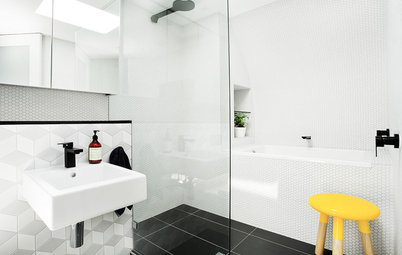
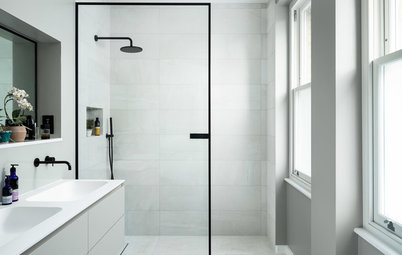
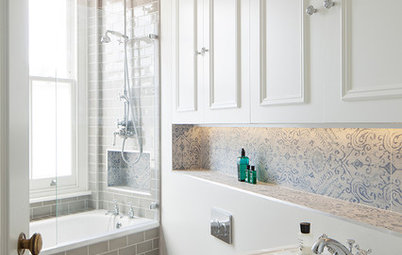
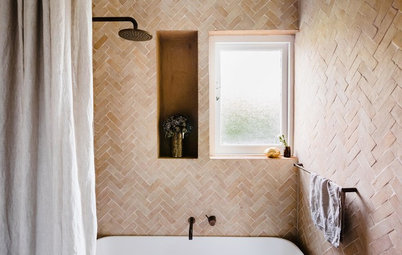
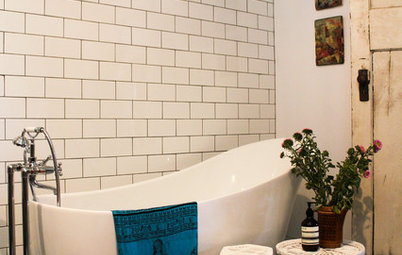
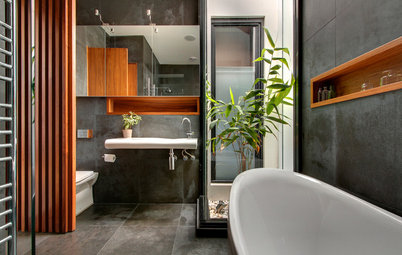
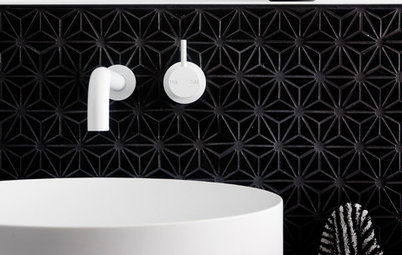
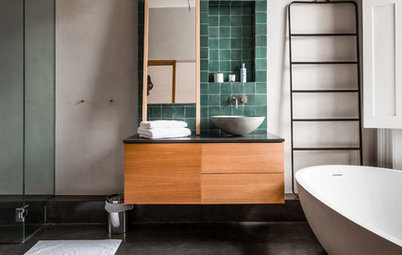
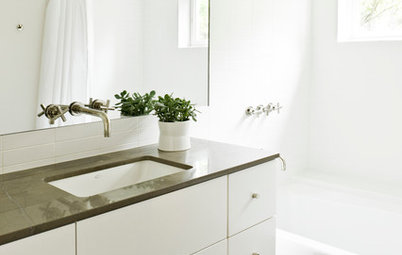
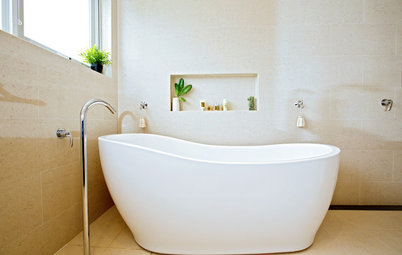
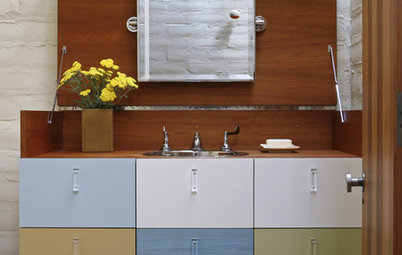
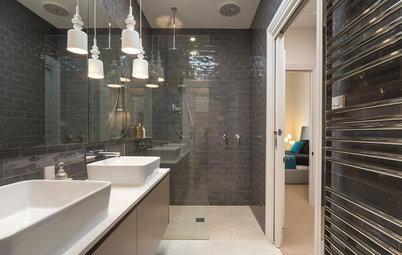
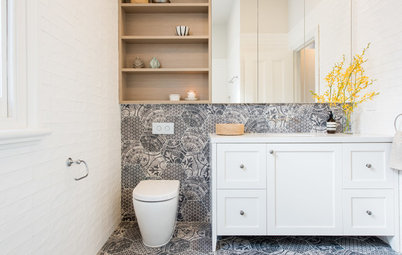
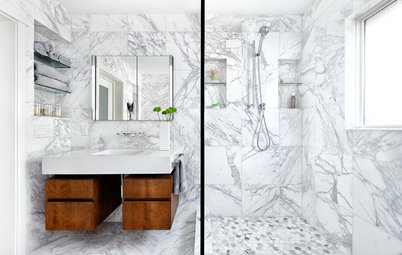
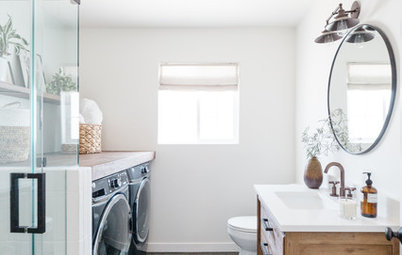
This is my home. I wanted three shower niches (one for each of my girls) and one large niche for shampoo bottles.
To achieve this look, I needed some custom framing and a header above the bathtub on the long wall. This was planned from the beginning, and I made sure the plumber and electrician would not need to run power or plumbing lines through these wall cavities.
TIP: Mark the wall studs with spray paint or mark all sides with a permanent marker, informing all tradespeople the space is reserved for the tiler.